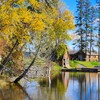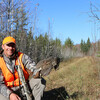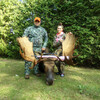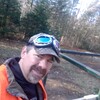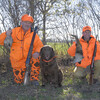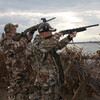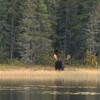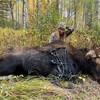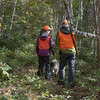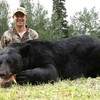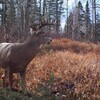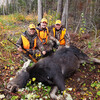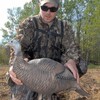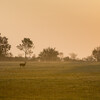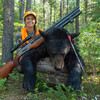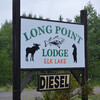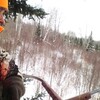
Cornfield Bears
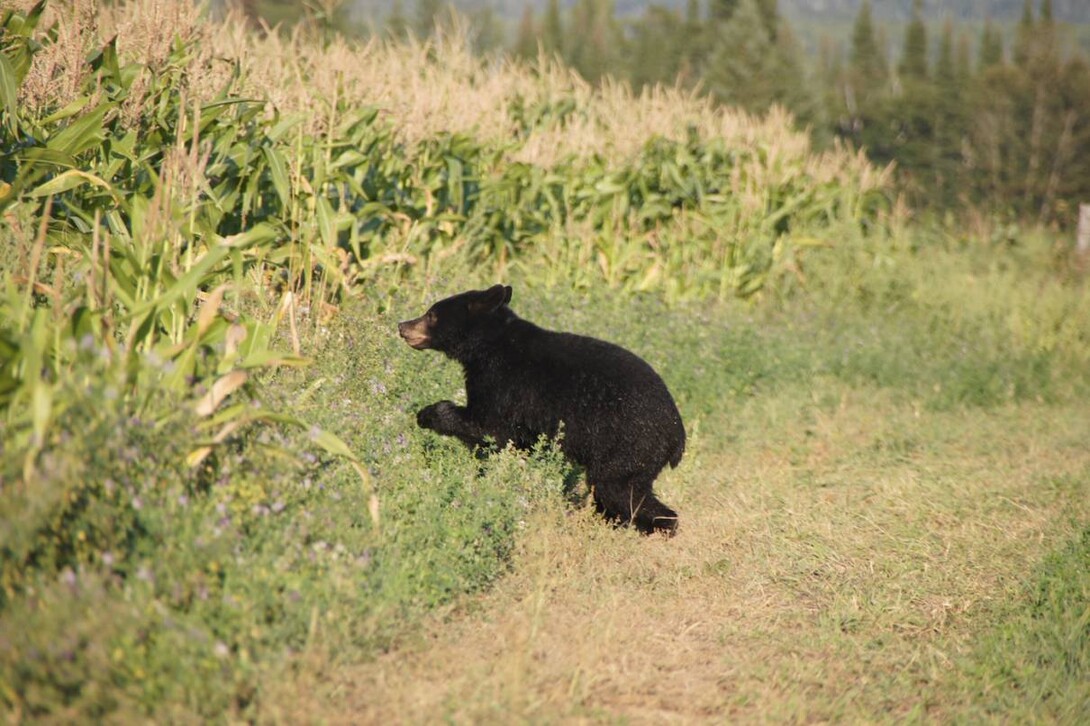
Every fall, bears strive to fatten up for winter. All sorts of nuts, including acorns, beech, and hazel, are sought out and devoured. Bears frequent old apple orchards, patches of Saskatoon berries, blueberries, and mountain ash. Grain and produce will also pull in bears from a long way. Another of the foods that bruins across the province will pound come fall is corn, and this opens up hunting opportunities for people who live near Northern Ontario cornfields.
I've met very few farmers who will turn down the offer to help lower the bear population. Bears can turn massive corn stands into crop circles in just a few weeks. During the past five years, I've spent many hours hunting the edges of cornfields. Some hunts have been spot and stalks, but most have been via some form of ground blind or tree stand. This is a sit-and-wait style of hunting, as bears will move quickly between the bush and the corn.
A few seasons ago, my son Devin and I decided to hunt a cornfield not far from our home in Thunder Bay. Between the corn and the bush was a large area that had been planted with alfalfa. We had not been at the field for more than five minutes when I saw a black shape appear at the edge of the bush. Since the ground blind was not even up, I did my best to freeze and whispered to Devin, who was still tying up his boots, "Get your gun."
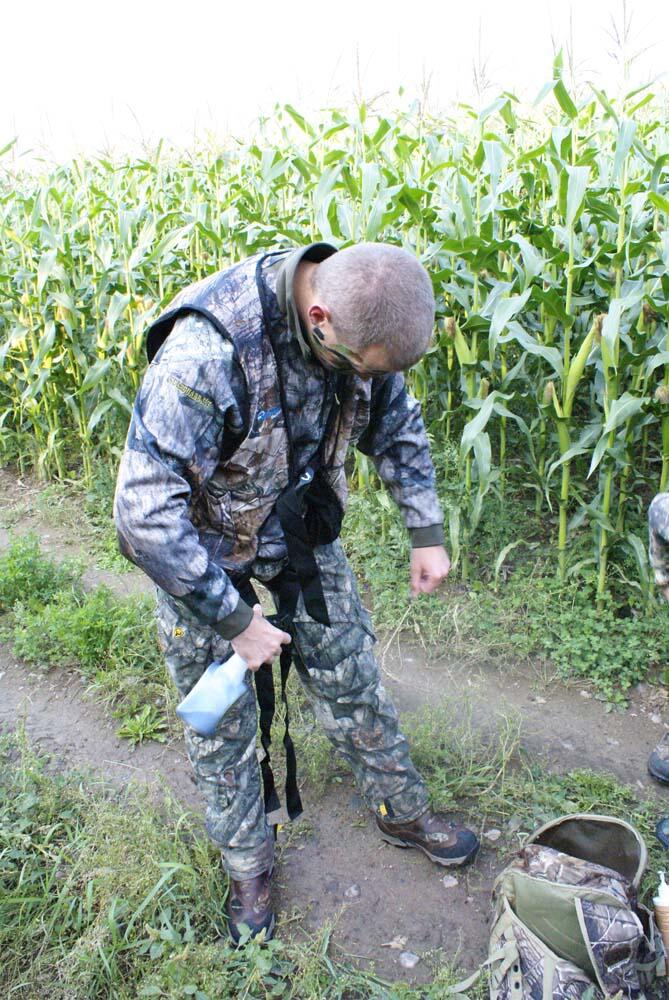
Unfortunately, the gun was still in the case, and the first bear, a nice one, ran across the opening and into the cornfield not 20 yards from us.
"Unreal," I groaned. Devin got his boots tied, grabbed his gun, and loaded it. At about the same time, another black shape appeared on the tree line.
"Bear!" I hissed. Devin was ready this time and followed the bounding bear through the field with his scope. It, too, disappeared into the corn. The shot I was waiting for never came.
"Too small," said my 18-year-old. I was pretty impressed by this since Devin had not yet harvested a bear. He took his first bear, a shooter, two weeks later with a crossbow; the animal fell about 50 yards from the edge of the corn.
Hunting cornfields can be very effective but usually requires some forethought and scouting. Depending on the layout of the farm, you can pick your way along a tree line and hope to catch a bear heading out to the corn. You might even be a brave soul and walk down the tractor trails between corn rows. However, the most successful way to harvest a bear in corn is to set up at a well-used entry or exit area. These spots are easy to spot thanks to broken-off corn cobs, knocked-down plants, scat, and well-worn trails. Ground blinds are especially good for this type of hunting, as you can move around a bit without being busted.
Working the corn may not be the most popular way to hunt, but it is one of the most unusual and effective ways to hunt a bear in rural Northern Ontario.
Recommended Articles
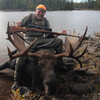
Fly-in Moose Hunt
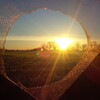
Wild Turkey & A Blind
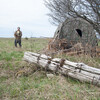
Bruce County Turkey
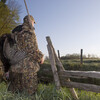
Turkey Tales and Turkey Fails
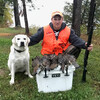
A Hunter's Dream for Grouse
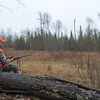
The Beauty of Blinds
A First-Time Bear Hunter Visits Watson's Kaby Lodge
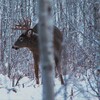
Northwestern Ontario Whitetail Deer Hunt
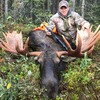
Moose Tales
Deer Hunting with Border Country Outfitters
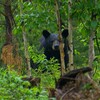
Combining Great Fishing and Hunting
